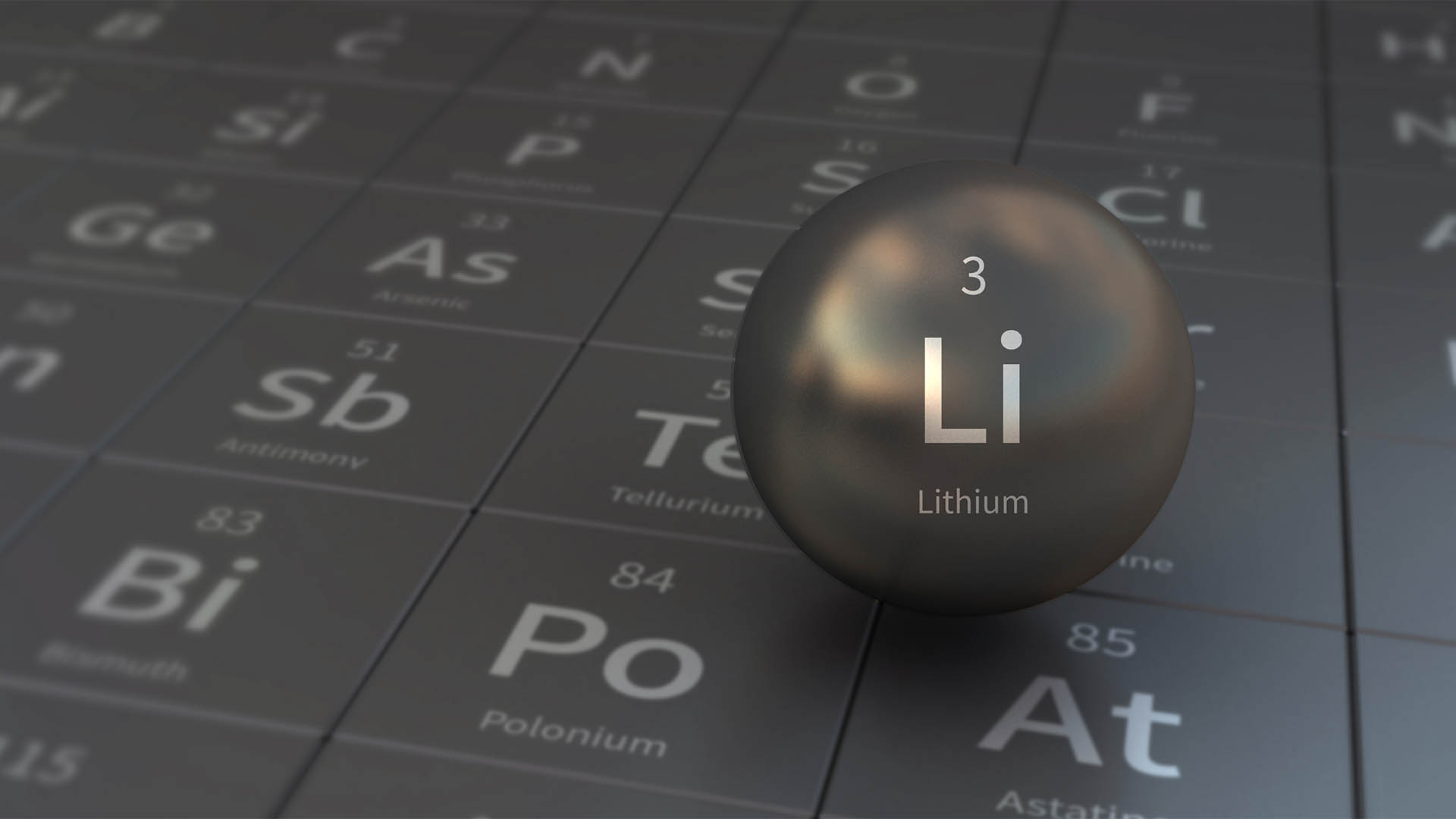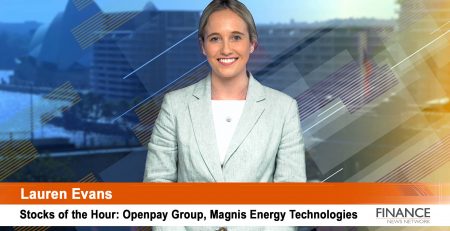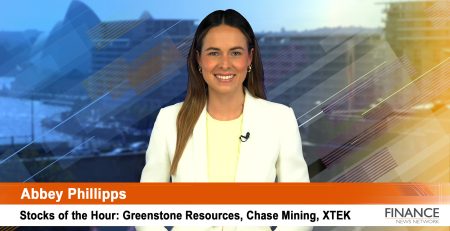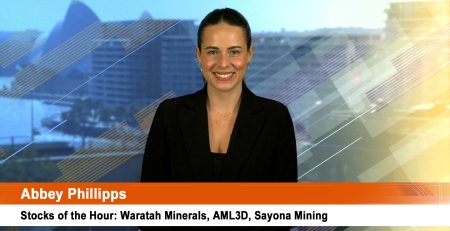Why lithium stocks are falling
Behind the numbers yesterday on the ASX and overnight was big movements in US lithium stocks as they followed the lead of their Australian peers.
Despite a relatively flat market, lithium companies like Livent fell 14 per cent, Albemarle 8 per cent, Lithium America 8 per cent.
Aussie stocks yesterday — Pilbara Minerals (ASX:PLS) closed down 22 per cent, with Liontown Resources (ASX:LTR) down 16 per cent, IGO (ASX:IGO) down 11.7 per cent, Allkem (ASX:AKE) crashing 15.4 per cent to $11.60 and Mineral Resources (ASX:MIN) down 8 per cent to $58.70, adding up to the Australian lithium sector’s biggest single-day market rout.
Why the fall?
A procession of brokers have been lining up to dampen the lithium excitement. Goldman said on Monday it expected a “sharp correction” in lithium prices over the next two years, followed by a similar bearish note by Credit Suisse on Wednesday.
“Investors are fully aware that battery metals will play a crucial role in the 21st century global economy,” Goldman analysts said. “Yet despite this exponential demand profile, we see the battery metals bull market as over for now.”
Goldman belives there will be a “sharp correction” in lithium prices, with the metal averaging under $54,000 a tonne this year, down from a spot price of over $60,000. It will fall further to an average of just over $16,000 in 2023, the Wall Street bank said.
Despite this, the industry in China is red hot at the moment. Just recently the battle for lithium reached new heights when an auction for a lithium mine lasted five days and six nights — a majority stake in a lithium mine in Sichuan province on JD.com’s auction platform. The auction attracted 3,448 bids from 21 bidders, and was watched by an online audience of one million.
Wednesday’s rout of lithium stocks appears to have also been triggered by news suggesting Chinese battery major BYD is lining up the acquisition of six lithium mines in Africa, enough to supply its battery factories for the next decade. This is an effort by China to secure its own supply chain. Of course, the environmental, social and governance issues associated with African supply would never have attracted US & European buyers.
These two issues have caused investors to question the ongoing demand for lithium from China, which may have an impact on Australian spodumene producers moving forward given they are looking for sources within African countries like Zimbabwe.
To counter balance these concerns, UBS presents an alternative argument presenting a more aggressive lithium demand outlook vs the likes of Goldman Sachs and Credit Suisse.
UBS expects lithium demand to grow tenfold to 5.8Mt of lithium carbon extract by 2030 (vs consensus at 2-3Mt). This is based upon global EV sales and average battery size. An EV's battery size is the main parameter for driving its lithium content. It is also the main driver in determining an EV's driving range.
UBS sees a 1.5x increase in battery size to drive further lithium demand.
It's easy to forget that lithium isn't just for batteries, and that batteries aren't just for EVs.
While dwarfed by EVs, energy storage systems (ESS) are another potential source of lithium demand. As the world looks to transition away from fossil fuels, ESS — in conjunction with renewable power sources — is growing in importance.
Where is the lithium price headed?
Sustained deficits are of course not sustainable, and the market must balance at some point.
Will supply lift or demand fall?
Lithium prices in all markets (spodumene, carbonate and hydroxide) have lifted to once unimaginable levels.
What complicates matters is that the lithium market has been traditionally a specialty chemicals market, characterised by long-term contracts at various specs and with reduced visibility into realised price formation. We expect this to improve as the market grows, but it does pose problems in the present.
The industry expert is Benchmark Minerals. They set the lithium industry's reference price that is used to negotiated supply chain contracts.
Their CEO posted on Twitter recently in regards to Goldman's research.
“We’ve seen this before, we will see it again. Goldman Sachs: you can’t just add up all the #lithium mine level potential & make an oversupply call. The speciality chemicals world is more nuanced than iron ore."
Benchmark is forecasting a weighted average price of $35k a tonne next year for lithium carbonate and/or pushing towards $40k per tonne.
Benchmark takes into account all volumes, excluding internal transfers. It is weighting prices according to volumes on long-term fixed price, variable price, contracts with and without floors, ceilings, and spot prices. A much more accurate representation of the market. A major aspect that GS is likely to be overlooking.
Behind the Goldman research is the expectation that demand in 2024 will rebound and go higher again over the next 10 years. Reading behind the lines, it appears they are saying 18 months of potential "downside" vs exponential growth over a decade.
So where to next for lithium prices and lithium share prices?
Global EV sales actually fell in April, primarily due to supply chain issues surrounding automotive components in connection with both the Russian invasion of Ukraine and the Chinese COVID-19 lockdown.
Several industry participants believe that the ultimate lithium price direction will not be clearer until China reopens for business.
China’s re-opening should shed more transparency on lithium contract pricing.
Platts Metals – part of S&P Global — suggests that lithium carbonate is still trading near all-time highs within South Korea while China remains quiet.
Whilst lithium prices are expected to pull back and reach an equilibrium point, for Australia lithium companies spot contract pricing is largely irrelevant, mainly because of the opaque nature of the contractual pricing.
What is more relevant for investors is the analysts' lithium pricing within their equity models and pricing around offtake deals with partners.
Steve Promnitz, the CEO of Lake Resources (ASX:LKE), said:
“Any company actually involved in discussions with cathode or battery makers or EV makers in the battery materials supply chain will tell you that demand has outstripped lithium supply for years to come. That’s why there has been a mad rush to secure supply and lithium prices remain strong. Nothing has changed apart from some attempts to manipulate pricing or the perception of pricing going forward.”
Research suggests analysts using more conservative pricing of between $17-25k per tonne within their equity models. This is above, of course, Goldman's 2023 price low of $16k, but below recent contract pricing in China of $70-80k per tonne and below industry experts Benchmark mineral pricing of $35k-$40k a tonne.
Of course, behind the scenes we are in a "risk off" mode for equity markets. While recent volatility might scare off investors, lithium stocks remain priced based on conservative discounted lithium prices in an environment where an equilibrium is yet to be reached from a supply and demand perspective, a fact that all industry experts agree on.
Copyright 2022 – Finance News Network
Source: Finance News Network











